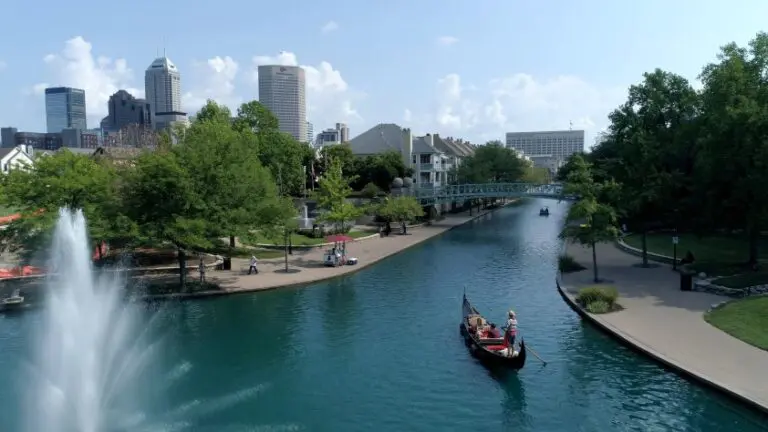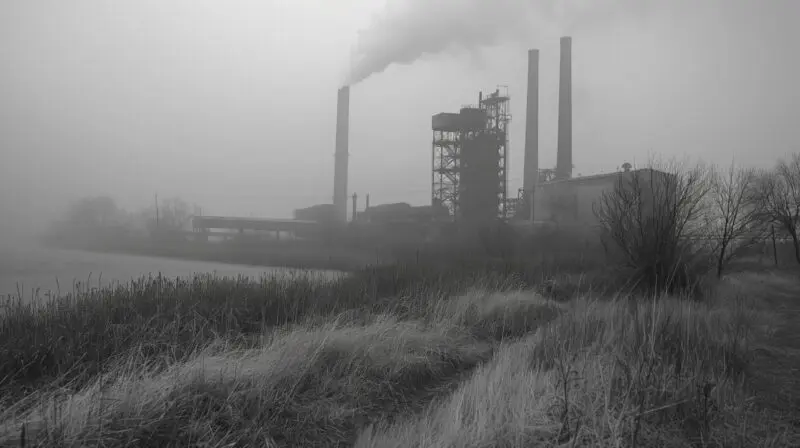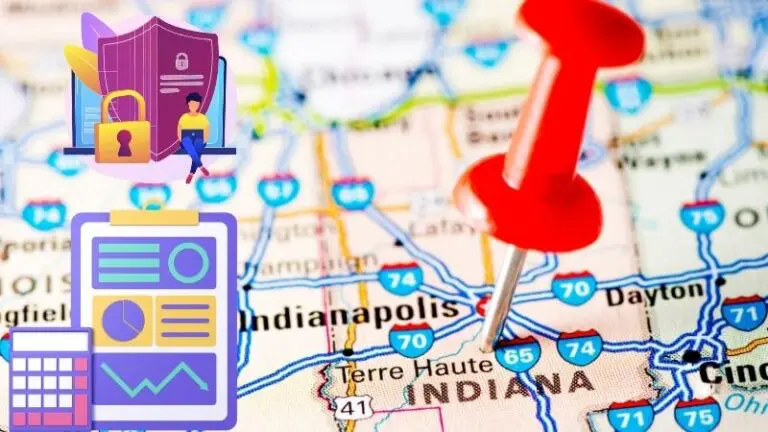The energy landscape is rapidly evolving. With climate change concerns and the need for cleaner energy sources, the shift from coal to alternative power sources is inevitable.
A recent report by the Department of Energy (DOE) reveals a groundbreaking opportunity: 80% of existing U.S. coal-fired power plants could be repurposed to house advanced nuclear reactors at 35% lower costs compared to building new installations.
This transition has the potential to provide 265 gigawatts of electricity, significantly impacting our energy infrastructure and economy.
Table of Contents
ToggleRepurposing Coal Plants
Repurposing existing coal plants for advanced nuclear reactors offers numerous benefits. The report highlights that 80% of coal-fired plants are suitable for this transformation. This approach saves 35% in costs compared to constructing new nuclear sites, primarily due to the existing infrastructure that can be utilized.
The potential electricity generation of 265 gigawatts could significantly bolster the power supply, helping to meet increasing energy demands while reducing reliance on fossil fuels.
Economic and Environmental Impact
The economic and environmental impacts of this transition are profound. Financially, repurposing coal plants benefits utilities and disadvantaged communities. The transition can increase regional economic activity by $275 million per plant within the first decade and create approximately 650 new permanent jobs per site.
Environmentally, this move could reduce greenhouse gas emissions by up to 86% in the Midwest, contributing to national and global efforts to combat climate change.
Advanced Nuclear Energy
Advanced nuclear energy, particularly through Small Modular Reactors (SMRs), represents a promising future for power generation. SMRs are smaller, safer, and cheaper than traditional reactors.
Notable projects include the NuScale VOYGR, expected to be operational by 2029 in Idaho, and Bill Gates’ TerraPower’s Natrium project in Wyoming, expected by 2028. These reactors offer flexibility and enhanced safety features, making them ideal for repurposed coal plant sites.
Challenges and Costs
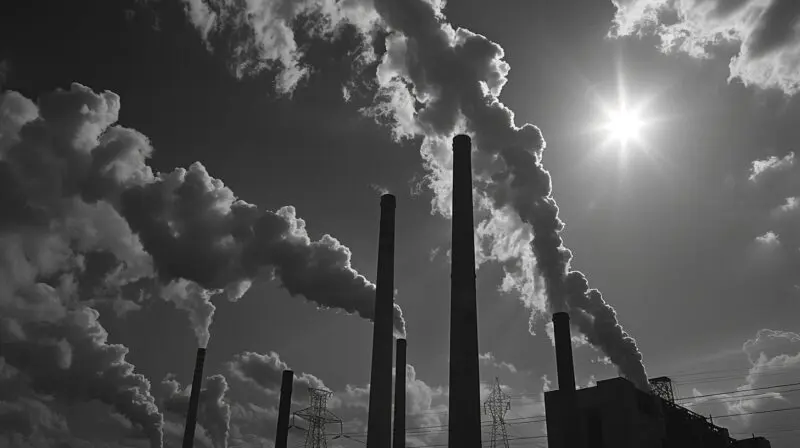
Despite the promising outlook, significant challenges and costs are associated with transitioning to advanced nuclear power. Initial construction costs are high, and the industry relies heavily on federal subsidies. Additionally, electricity generated from nuclear plants is currently five times more expensive than that from renewable sources.
Recent nuclear projects, like the Vogtle reactors in Georgia and the Virgil C. Summer Nuclear Station in South Carolina, have faced delays and cost overruns, raising concerns about the feasibility of widespread adoption.
Policy and Legislation
New policy measures and legislation are essential for promoting nuclear energy projects. Investment tax credits of 30% are available for advanced nuclear reactors built in 2025 or later.
State-level measures, such as Indiana’s Senate Bill 271, offer financial incentives and cost recovery options for utilities, encouraging the construction of SMRs. These policies aim to offset the high initial costs and promote the development of nuclear energy as a viable power source.
Renewable Energy vs. Nuclear
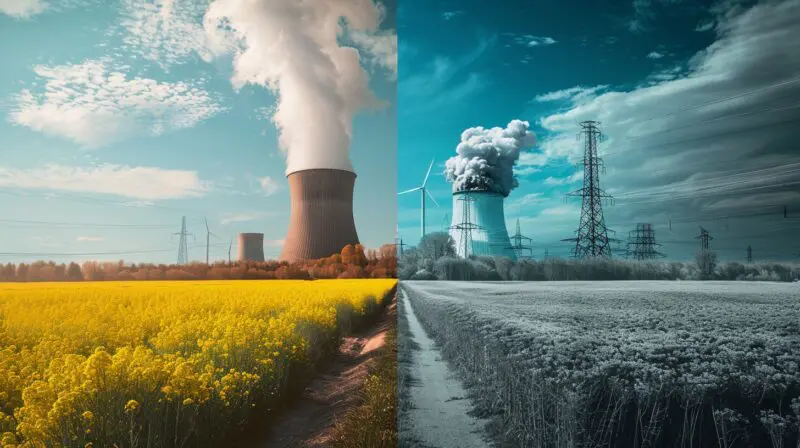
Environmental and consumer advocacy groups, such as the Sierra Club, often prefer renewable energy sources like wind, solar, and battery storage over nuclear power. Concerns about the storage of radioactive waste and potential health risks associated with living near nuclear plants are significant.
These groups advocate for cleaner, safer, and more sustainable energy solutions, highlighting the need for balanced consideration of all energy options.
Economic and Policy Incentives
Economic and policy incentives play a crucial role in making advanced nuclear energy projects financially viable.
Investment Tax Credits
To encourage the development of advanced nuclear reactors, investment tax credits of 30% are available for reactors built in 2025 or later. These credits help offset the high initial costs, making nuclear projects more financially viable.
State-Level Measures
State-level measures, such as Indiana’s Senate Bill 271, provide financial incentives and cost recovery options for utilities undertaking nuclear projects. These measures aim to promote the adoption of advanced nuclear technology by reducing financial risks for investors.
Local Impact and Community Benefits
The local impact of repurposing coal plants for nuclear power is significant. Each plant can generate approximately 650 new permanent jobs, boosting local economies and providing stable employment opportunities.
Additionally, regional economic activity can increase by $275 million per plant within a decade, benefiting communities and contributing to overall economic growth.
Health and Environmental Concerns
The transition to advanced nuclear energy raises significant health and environmental concerns that cannot be overlooked.
Radioactive Waste Storage
The storage of radioactive waste remains a critical issue. Spent fuel is typically stored in water pools or dry casks, but long-term storage solutions are necessary to ensure safety.
The potential health risks associated with living near nuclear plants, such as increased cancer risks, are also significant concerns that need to be addressed through stringent safety measures and transparent communication with the public.
Health Risks
The potential health risks linked to proximity to nuclear plants include increased cancer risks and other health issues. Ensuring the safety and well-being of communities near nuclear sites is paramount, necessitating rigorous safety protocols and ongoing health monitoring.
The Bottom Line
The DOE report highlights the significant potential of repurposing coal plants for advanced nuclear reactors. This transition offers economic benefits, environmental improvements, and job creation. However, concerns from environmental and consumer advocacy groups about costs, safety, and waste storage remain significant.
Balancing the benefits and challenges of advanced nuclear energy is crucial for making informed decisions about the future of our energy infrastructure.
Related Posts:
- NIPSCO to Clean up Coal Ash Contamination at Pines…
- Tens of Thousands in Indiana Lose Power as Severe…
- How Environmental Changes Are Reshaping Housing in…
- Buying a House in Indianapolis - What to Look for…
- Federal Report Indicates End of Decades-Long Air…
- Decades of Neglect Exposed East Chicago Residents to…





